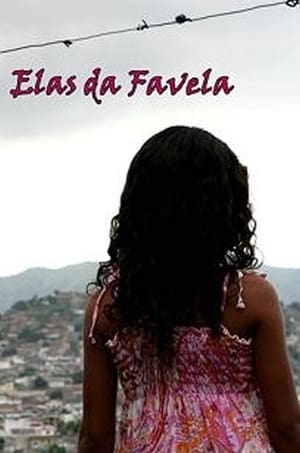
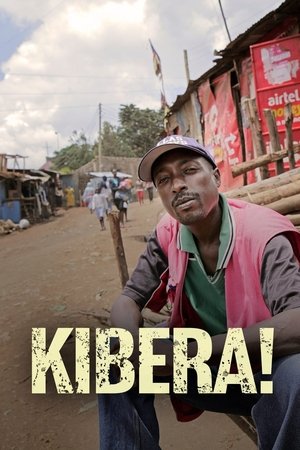
For Kibera!(2015)
Boy Dallas lives in the slum of Kibera, the capital of Kenya, Nairobi. He is a radio host, "The Voice of Kibera." Dallas is a self-taught cameraman, and with a spare camera, he sets out to find out why the neighborhood, which has long been the target of aid, is still in such terrible trouble.

Movie: For Kibera!

Kibera!
HomePage
Overview
Boy Dallas lives in the slum of Kibera, the capital of Kenya, Nairobi. He is a radio host, "The Voice of Kibera." Dallas is a self-taught cameraman, and with a spare camera, he sets out to find out why the neighborhood, which has long been the target of aid, is still in such terrible trouble.
Release Date
2015-12-14
Average
0
Rating:
0.0 startsTagline
Genres
Languages:
suomiKeywords
Similar Movies
 6.0
6.0Shepherds of the Earth(en)
The region of Lake Turkana, located in Kenya and Ethiopia, is considered to be “the Cradle of Humankind”. Among other finds, primate fossils from millions of years ago have been discovered in the region. But what about the region’s modern inhabitants and their relationship to their environment? Iiris Härmä, whose previous work includes the award-winning Leaving Africa, had the chance of joining Helsinki University’s researchers, Álvaro Fernández-Llamazares and Mar Cabeza, on their pre-pandemic trip to study the Daasanach people’s relationship to their environment through traditional animal tales. The researchers hope that storytelling would help to bridge the gap between people’s everyday lives and conservation efforts.
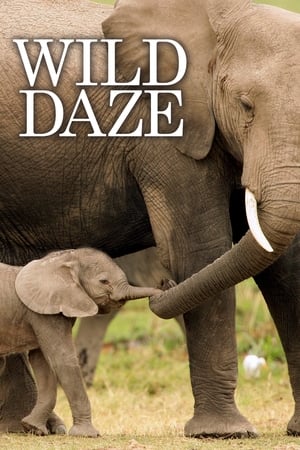 9.0
9.0Wild Daze(en)
In Africa, poachers brutally maim and kill elephants for their ivory, much of which is exported to China or smuggled into the United States. The profits help fund terrorist organisations, and are used to buy guns and artillery. WILD DAZE takes an unflinching look at these problems from various perspectives, and shows how the slaughter has decimated the elephant population, left survivors traumatised, and seriously harmed the forests of Eastern and Southern Africa.
 6.8
6.8Megacities(en)
Megacities is a documentary about the slums of five different metropolitan cities.
Milking the Rhino(en)
Milking the Rhino is a 2009 documentary film that examines the relationship between the indigenous African wildlife, the villagers who live amongst this wildlife and conservationists who look to keep tourism dollars coming in. Both the Massai of Kenya and the Ovahimba of Namibia have spent centuries as cattle farmers. With their lands being turned into protected game reserves, these ancient tribes have turned to tourism as a means of survival. While some environmentalists think that community-based conservation is ideal for these villagers, the dangers of drought and the starvation of their cattle remains a constant reality.
 7.0
7.0Trek - Spy on the Wildebeest(en)
Each year over 1.2 million wildebeest travel across the vast Serengeti plains and Kenya's Masai Mara on a 1,800 kilometer circular journey, relentlessly followed by every big African predator. Revolutionary spy cams - airborne, swimming or disguised as rocks, skulls or dung - reveal the Great Wildebeest Migration from entirely new perspectives. This 2-part series focuses on the growing-up of a calf as he takes his first steps, faces his first deadly perils and tries to cross crocodile-infested rivers. It combines natural humor with exciting drama and gripping music.
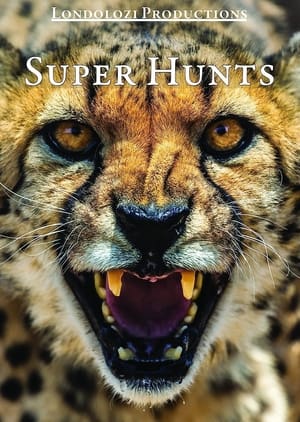 7.0
7.0Super Hunts, Super Hunters(en)
Lions, leopard, cheetah, hyena, wild dog and crocodile - extraordinary scenes of super predators hunting. The Super Predators was filmed over three years at Londolozi Game Reserve in South Africa and on Kenya's Masai Mara. It captures some of the most extraordinary scenes ever seen on film of these super predators hunting and killing. Dramatic slow-motion action replays allow the viewer the opportunity of observing all the subtleties of these magnificent hunters in action. The film includes a plea for the world's most notorious predator, man, to work in closer partnership with nature for our mutual benefit and survival.
 7.8
7.8Terror at the Mall(en)
A documentary detailing an indiscriminate terrorist attack that left 71 dead in Kenya.
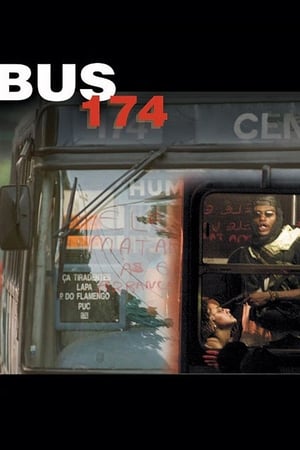 7.4
7.4Bus 174(pt)
Documentary depicts what happened in Rio de Janeiro on June 12th 2000, when bus 174 was taken by an armed young man, threatening to shoot all the passengers. Transmitted live on all Brazilian TV networks, this shocking and tragic-ending event became one of violence's most shocking portraits, and one of the scariest examples of police incompetence and abuse in recent years.
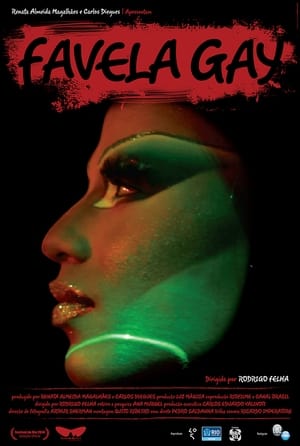 6.6
6.6Favela Gay(pt)
Favela Gay tells the story of eleven individuals in their own words. Living in eight slums (favelas) in Rio de Janeiro, these members of the LGBTQ community – two transgender women, a crossdressing man, a travesti prostitute, a famous carnival dancer, two community activists, and even a young man who used to be transgender, but transitioned back – have fought prejudice and seen some of the most unsavoury sides of the city.
 8.1
8.1Isle of Flowers(pt)
A tomato is planted, harvested and sold at a supermarket, but it rots and ends up in the trash. But it doesn’t end there: Isle of Flowers follows it up until its real end, among animals, trash, women and children. And then the difference between tomatoes, pigs and human beings becomes clear.
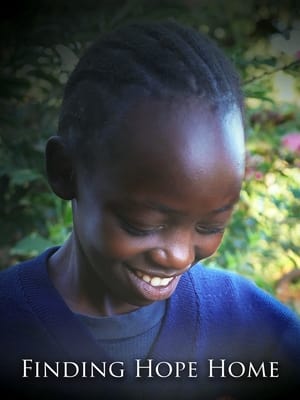 5.3
5.3Finding Hope Home(en)
The story of Pastor Lucy and her husband Duncan Ndegwa, who began feeding and sheltering children from the streets of Nairobi, Kenya in 1996.
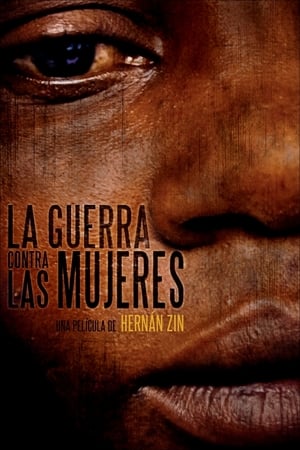 6.4
6.4The War Against Women(es)
Sexual violence against women is a very effective weapon in modern warfare: instills fear and spreads the seed of the victorious side, an outrageous method that is useful to exterminate the defeated side by other means. This use of women, both their bodies and their minds, as a battleground, was crucial for international criminal tribunals to begin to judge rape as a crime against humanity.
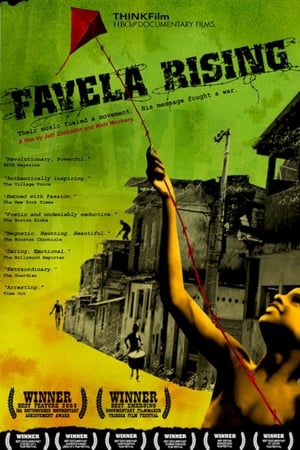 5.8
5.8Favela Rising(en)
A man emerges from the slums of Rio to lead the nonviolent cultural movement known as Afro-reggae.
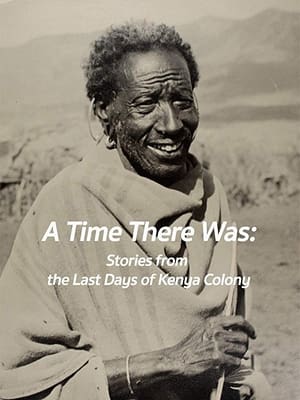 0.0
0.0A Time There Was: Stories from the Last Days of Kenya Colony(en)
A look at the Mau Mau Rebellion of the 1950s as experienced by filmmaker Donald McWilliams.
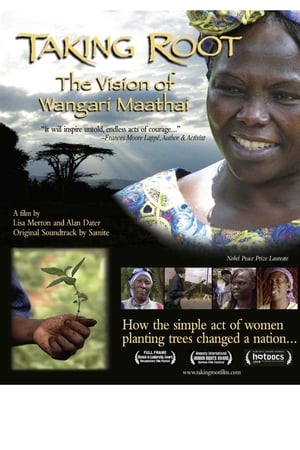 6.2
6.2Taking Root: The Vision of Wangari Maathai(en)
This documentary provides a window into the extraordinary life of activist and Nobel Laureate Wangari Maathai, a Kenyan woman who has worked to regain ownership of her country and its fate after years of colonialism. While gentle and thoughtful, Maathai carries a powerful message: the First World holds much of the responsibility for the environmental, economic and social struggles of the developing world.
 0.0
0.0Sidney & Friends(en)
When his family tries to kill him, Sidney, who is intersex, flees to Nairobi where he meets a group of transgender friends. Together, they fight discrimination and discover life, love and self-worth.
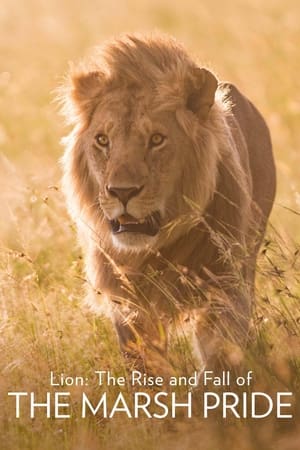 8.7
8.7Lion: The Rise and Fall of the Marsh Pride(en)
Documented in television documentaries for over 40 years by the BBC and other broadcasters around the world, the Marsh Pride is the most filmed pride of lions on Earth. In this film, the Marsh Pride battle for survival in Kenya's famous Maasai Mara Reserve, which has become a magnet for tourists, many of them keen to see the pride for themselves. A tale of shifting loyalties, bloody takeovers and sheer resilience, the lions’ story is told by those who filmed them, tried to protect them and lived alongside them, as well as some who ultimately wanted them dead.
Across the World with Mr. and Mrs. Johnson(en)
As if they were showing their film to a few friends in their home, the Johnsons describe their trip across the world, which begins in the South Pacific islands of Hawaii, Samoa, Australia, the Solomons (where they seek and find cannibals), and New Hebrides. Thence on to Africa via the Indian Ocean, Suez Canal, North Africa, and the Nile River to lion country in Tanganyika. (They are briefly joined in Khartum by George Eastman and Dr. Al Kayser.) Taking a safari in the Congo, the Johnsons see animals and pygmies, and travel back to Uganda, British East Africa, and Kenya.

